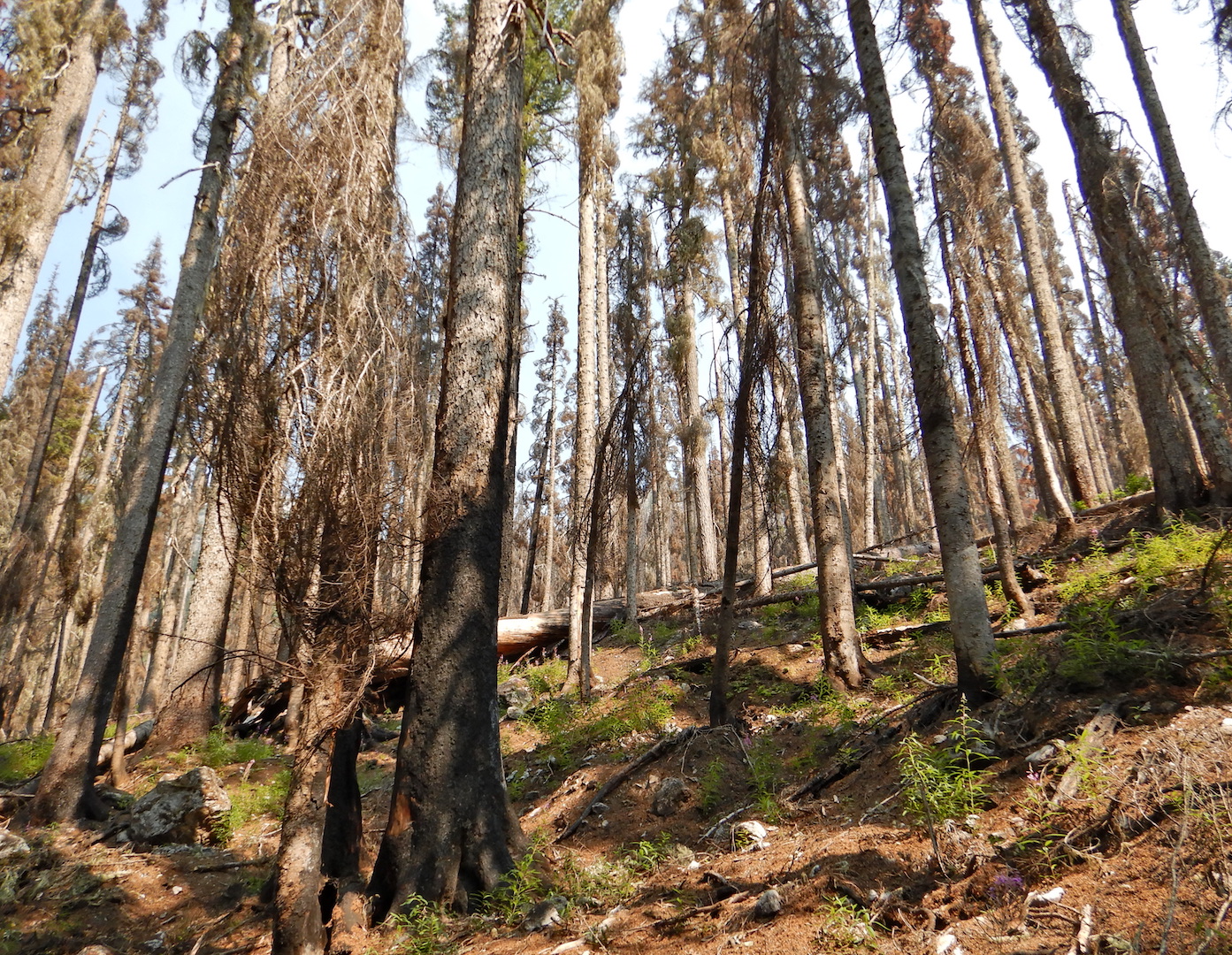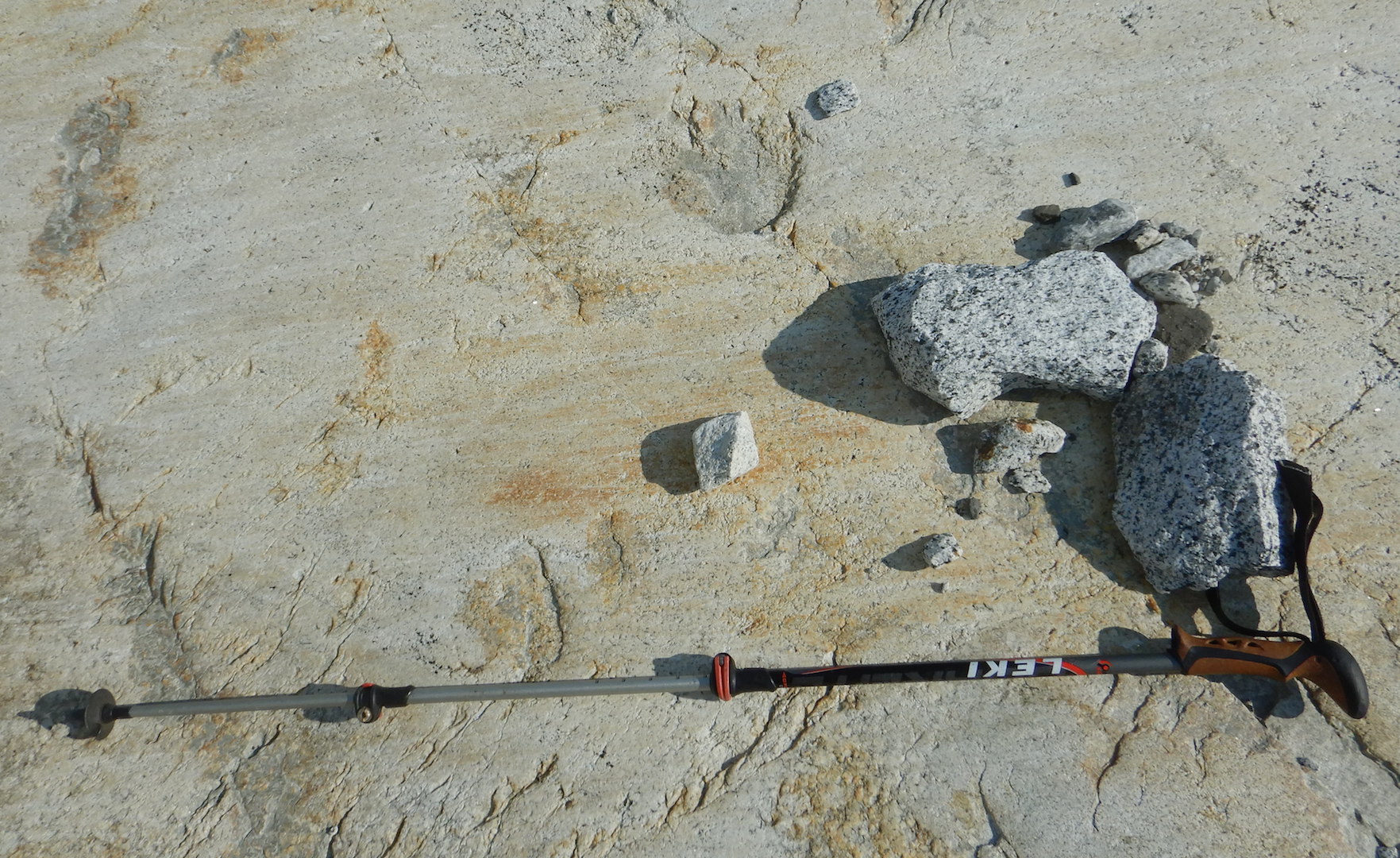A recent article in The Guardian (‘Worst work in the world’: US park rangers grapple with tide of human waste) got me thinking. There’s a dirty side to your national park experience and it doesn’t get talked about enough.
The Guardian article is short and worth reading (h/t to blog reader Rebecca F. for alerting me to it). It focuses on Rocky Mountain National Park’s effort to deal with human waste in alpine areas where the volume and lack of decomposition creates health hazards and pollutes water. Along the route to Longs Peak in Rocky, the National Park Service installed new toilets that separate urine from solids and, purportedly, lessen the workload and hazards for rangers. It’s a big and expensive effort to contain something we all do naturally.
While the ranger life is often romanticized in various ways, that friendly park ranger you meet on the trail could very well have been on their way to checking a seldom maintained privy or have just finished cleaning an unpleasant mess from the trailside. Rarely do we give much thought to what happens after we flush a toilet or use an outhouse in a park. With visitation in many national parks continuing to increase, more and more seemingly remote reaches of parks experience significant human waste issues.
For most of my adult life, I worked as a park ranger at several different national parks. And, if you’re a ranger you are bound to deal with poop at some point, sometimes often. I’ll spare you the details of my dirtiest national park human waste story (pro tip: avoid the handrails in Carlsbad Cavern). Yet, I want to take the opportunity to discuss what a backcountry ranger might deal with during their day on a trail. Take a short journey with me to North Cascades National Park.

In 2017, I was fortunate enough to work in North Cascades, one of the more rugged national parks in the contiguous 48 states. Once every two weeks, I was assigned a three to five night backpacking route through the park and adjacent national recreation areas to assess trail and campsite conditions, make minor trail repairs, check to see that people complied with park rules, and generally ensure that people were having a good experience. I enjoyed those trips, especially the evenings when work was finished and I could relax at a secluded campsite looking at trees and watching for wildlife.
North Cascades is cherry-stemmed with a well-maintained, extensive trail network and almost every trail is dotted with a few backcountry camps. The luxuries of each camp vary—some are little more than a dirt tent pad—but one thing you can count on is some sort of toilet. Except at boat-in sites and some high elevation camps, most are simple privies consisting of a box over a hand-dug hole in the ground.

Checking toilets was a frequent duty on the trail. I would glance into every backcountry privy and assess its condition, which meant I looked into a lot of toilets during a typical multi-day trip. Most didn’t need attention, thankfully. Yet I always approached slowly, mentally prepared to encounter unpleasant conditions in need of remedy.
Along Brush Creek at the isolated Graybeal Camp—on the third day of a five day hike that previously included stirring a composting toilet and bagging up human waste deposited inappropriately on the surface of the ground adjacent to a tiny stream—I arrived to find the privy nearly full to the brim. Faced with such situations, there are various tricks one can use to increase a privy’s capacity. For example, a ranger I knew would use using a long, stout branch to knock over the cone of feces and toilet paper deeper into the privy hole at a heavily used site, perhaps prolonging the need to dig a new hole for a couple of weeks. In this case at Graybeal though, there appeared to be no room at the inn.
Graybeal Camp is lightly used compared to more popular destinations like Ross Lake, Cascade Pass, Sahale Arm, and Copper Ridge. Only a few weeks remained in the hiking season when I arrived in late August and many feet of snow would soon bury the camp for the winter. But this camp needed a new privy hole and I couldn’t in good conscience pawn the problem off on another ranger.
I located the trail crew’s cache of tools at a nearby group site and prepared to dig a new hole and move the toilet to it. That is, until I realized there was a risk of disturbing something I shouldn’t.
The places we call national parks were never unpeopled and areas that we consider good campsites today were also likely to have been used by indigenous peoples. I didn’t know if park archeologists had inventoried the campsite for artifacts or even assessed the potential for them. The last thing I wanted to do was disturb an archeological site for a lowly hand-dug privy hole.
After I confirmed with the backcountry office that archeologists did not clear the site for digging, I needed another plan. The tool cache had a roll of fiberglass tape. I carried a re-sealable plastic freezer bag, some paper, and a pencil. So I wrote a note closing the toilet “due to limited capacity,” placed it in the bag, and taped it over the toilet hole.
Was this a satisfactory solution? Not at all. I had, unfortunately, pawned the work off to other park staff. But, it kept people from pooping on the ground* and the toilet at the group campsite was relatively close, so the risk of human waste proliferating everywhere was minimal.


Privies work well at relatively low elevation, forested sites if use isn’t heavy and moderate levels of decomposition can work its magic. But what to do in places that are too dry, too cold, too rocky, or too well trodden to for a traditional privy to work?
That’s the issue that Rocky Mountain National Park rangers deal with on the route to Longs Peak, and why they chose to utilize a new toilet design. Still, I am aware of no backcountry toilet that doesn’t require some maintenance. When the vaults on the toilets at Longs Peak are full, then the waste must be flown out by helicopter. Many other high-elevation backcountry toilets require more labor.
There are many backcountry sites within North Cascades where a simple privy won’t work, so for many years the park has used a type of above-ground composting toilet.

For these to work well, though, the toilet can’t be used too frequently, the contents can’t get too wet with urine or precipitation, the dry-matter to human waste ratio can’t skew too much toward feces, and they should be stirred regularly to promote composting. A full toilet requires someone to shovel the contents into a drum that can be flown out by helicopter.
Dealing with composting toilets was one of the more unpleasant tasks during my time in the backcountry. Excessive moisture often prevented composting, so they were often filled with a festering sludge. After a trial-by-fire experience stirring one for the first time, I found that slow, deliberate movements as well as covering as much of my skin as I could were necessary safety precautions when maintaining this style of toilet. There is a real risk working around a vat of human feces, especially when you are more than a day’s hike away from the trailhead.


I’m not complaining about the toilet work. Because, honestly, looking at a few turds each day isn’t that bad in the scheme of things. I’d do it again without complaint, accepting it as a necessary duty so that less human waste pollutes our parks. People gonna poop and the urge doesn’t always strike us at convenient times or places. However, as visitation continues to increase in many national parks, the burden and hazards of human waste grows too, in both easily accessible places as well as remote backcountry locations.
If you visit a national park (and, really, consider postponing your trip while COVID19 rages), you could personally thank the park staff for the work they do to. However, a more rewarding thank you would be to do your part keep wild areas and parks clean.
North Cascades was long considered a hidden gem of a park; one in which you could go on a summer weekend and find a place to camp fairly easily. Since its establishment in 1968, however, the population of Washington State has more than doubled. Mountaineering, hiking, skiing, and backpacking are more popular than ever. Millions of people live only a two to three hour drive from Washington’s iconic national parks and national forests. These destinations, however, operate with essentially the same number of campsites that they did in the 1970s. The North Cascades park complex (including Ross Lake and Lake Chelan National Recreation Areas) is no longer a place where you can expect to easily find a campsite on summer weekends. Finding a campsite is even becoming increasingly difficult on weekdays.
As we approach and exceed the carrying capacity of developed areas of parks, then increasing numbers of people spill into areas that have been traditionally off the beaten path. We bring our waste and waste issues with us. National parks, forests, and other recreational areas are increasing challenged to meet the demands posed by current levels of visitation. Turds included.




















































 After 35 miles of cycling and over 5,000 feet of cumulative elevation gain, I ate lunch at Rainy Pass (el. 4,855 feet). Fifty-three weeks ago, I cycled over this pass as part of a larger
After 35 miles of cycling and over 5,000 feet of cumulative elevation gain, I ate lunch at Rainy Pass (el. 4,855 feet). Fifty-three weeks ago, I cycled over this pass as part of a larger 













